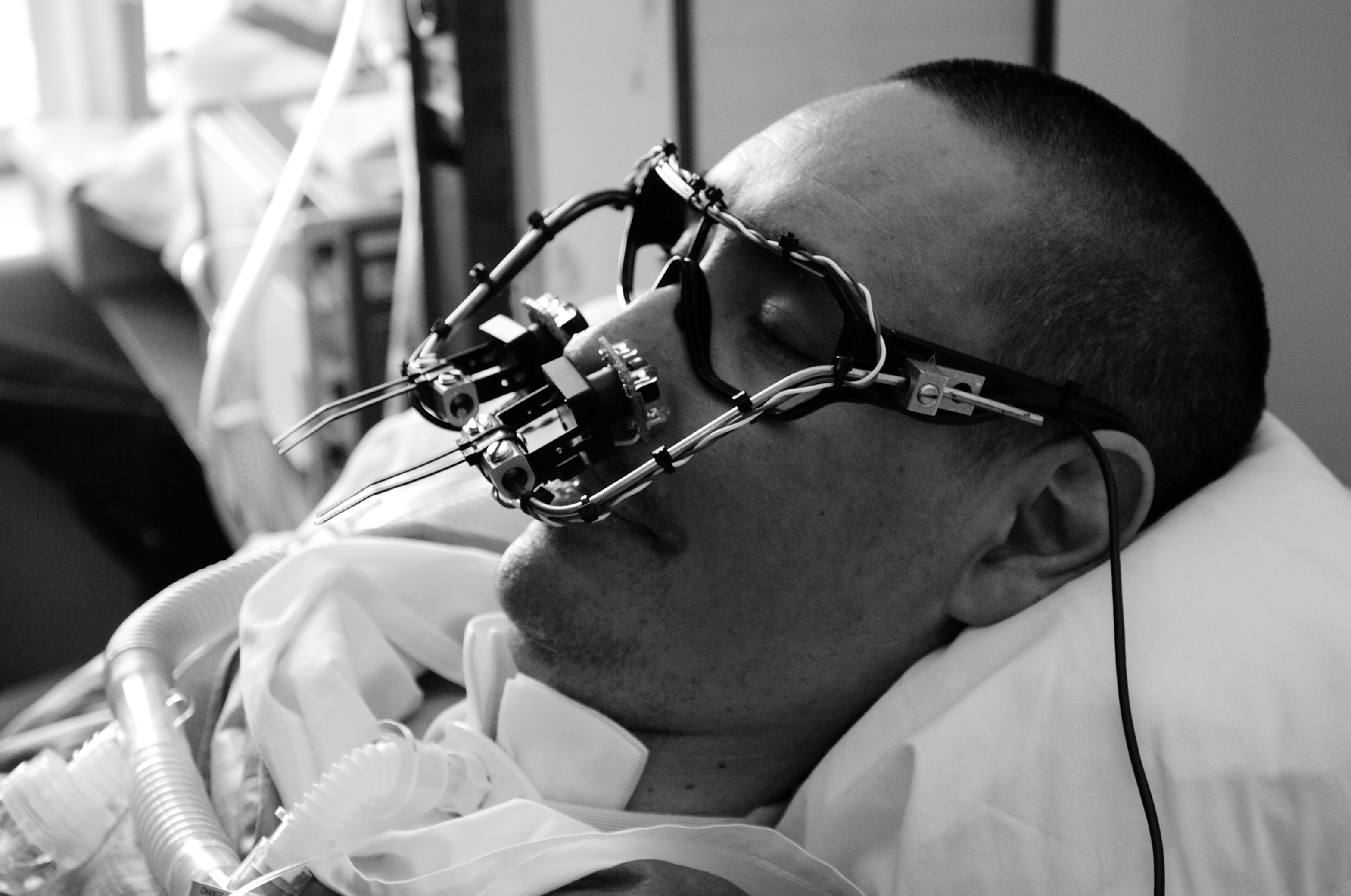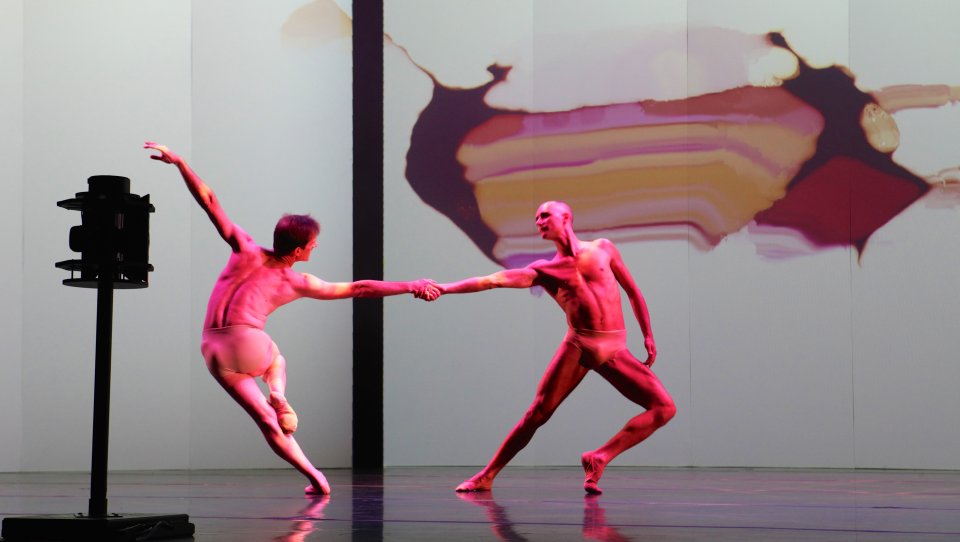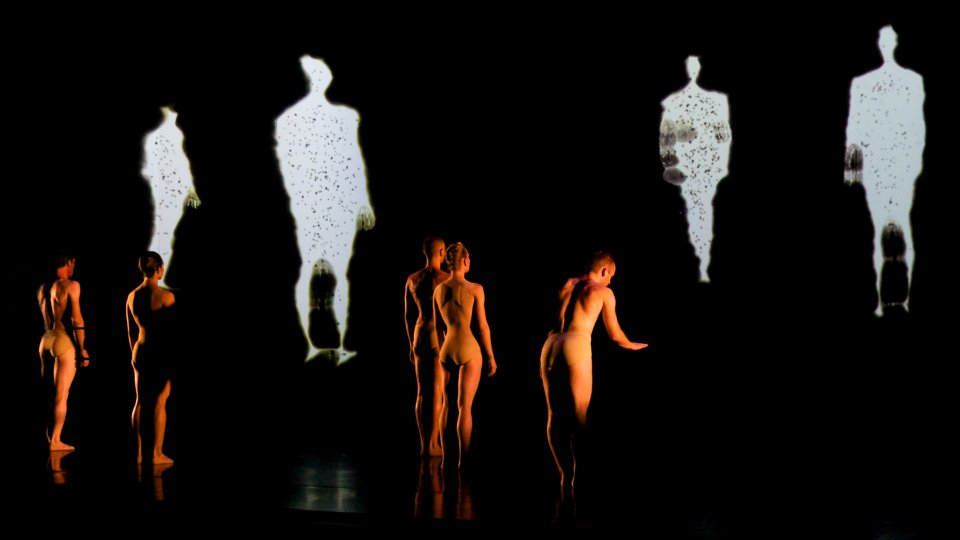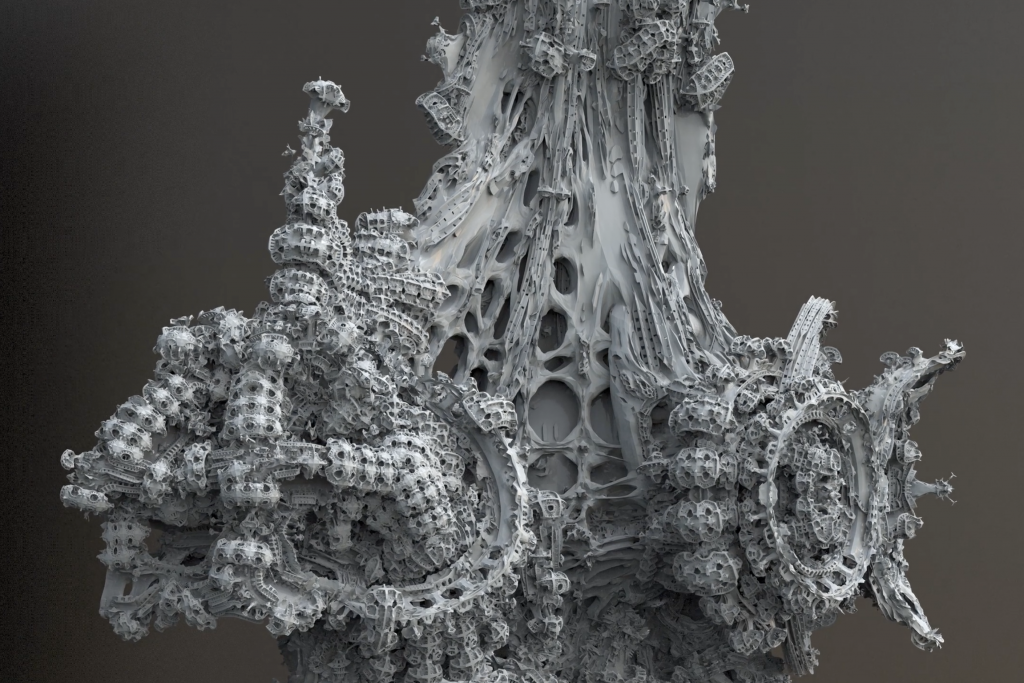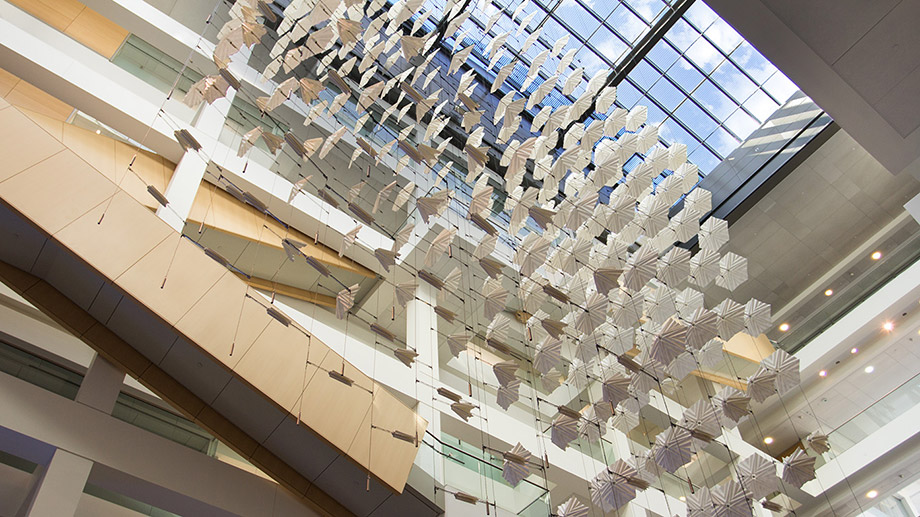Sorry I just realize I did not publish this properly. 🙁
![]()
Link to the work: http://www.av-controls.com/#/lull/

This project is an immersive installation named "Lull". It creates the illusion of an immersive surreal environment for the visitors by cascading visuals on translucent fabric walls combined with the help of dense fog, which I think is a very cleaver decision that they made. Through this new way of projection, the artists are able to bring late, 2d visuals into the third dimension and allow visitors to literally immerse themselves into the art work.
I suppose the artist had to experiment a lot with the fabric walls to finally get the effect that they wanted. It also seems like the passion of the projectors and their own movements are are also something that needed a lot of tweaking.
To quote the artists " Simple rules shape this ever-evolving animation, giving rise to organic abstracted patterns with complex behavior that teeter between order and chaos". This point came across quiet nicely with the final installation as it was able to a dreamy space just using very simple, organic shapes.


